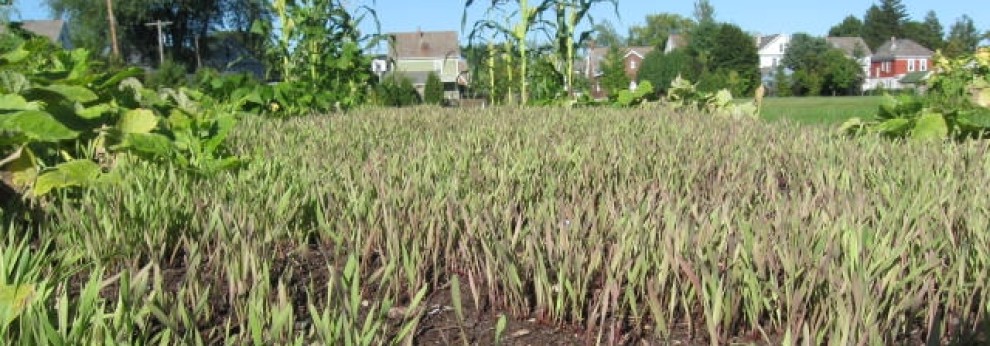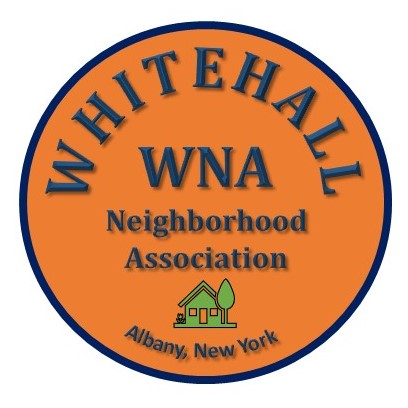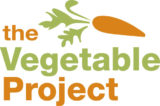 Teaching is central to the Vegetable Project’s mission – to create hands-on learning opportunities for Albany children, and especially children with great needs, by building gardens, growing plants and harnessing the power of exposure to nature.
Teaching is central to the Vegetable Project’s mission – to create hands-on learning opportunities for Albany children, and especially children with great needs, by building gardens, growing plants and harnessing the power of exposure to nature.
To the extent possible, however, we try to approach teaching from a different angle than leading mainstream classroom models. When we speak of hands-on learning opportunities, for example, we mean really emphasizing things like doing and touching and tasting and experiencing. So we build the chance for those to happen before more passive talking and listening every chance we get, whether with our after-school Garden Club at Myers Middle School, working in classrooms or with students to prepare leafy greens for tasting events that we are creating.
Why exactly? Significantly, thousands of hours of classroom experience and observation inform us that droves of students, and especially students with the greatest needs, zone out when the teaching and learning consists mainly of teachers talking and students listening. Discouraging standardized test scores, graduation rates and college and career readiness calculations in Albany and well beyond reinforce the view that engaging students must often come before delivering much content.
To be sure, the Vegetable Project is not teaching regular full-length academic classes, most of which would be very difficult to transform into hands-on models. We’re teaching, but quite informally. Thus we have luxuries that mainstream educators do not have. That said, doing and touching and tasting and experiencing can be a big part of building background knowledge, making connections and perking up interest in learning, all so necessary, especially for kids with the greatest needs. And if it can be, than it should be.
How does this play out? Every activity is a bit different than the next. But as an example, we can prepare kids to think about concepts like biodiversity, evolution, climate change, where our food comes from, clarity in the use of language and the Columbian exchange that changed the world by launching with little discussion into an exercise around interpreting instructions on seed packs. We show kids how to make some calculations around an admonition like this: start seeds indoors about eight weeks before the last frost has passed.
And we unpack what last frost date means and why we handle tomatoes differently than peas and so much more only as the exercise gets going. And before you know it, kids are exclaiming, “I didn’t know that!”
– Bill Stoneman




One response to “Hands-on learning turns teaching upside down”